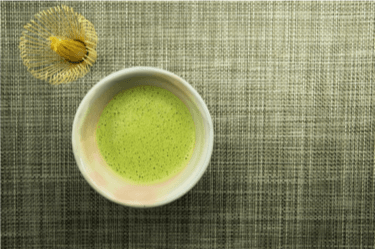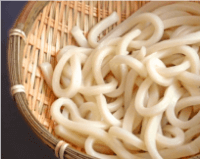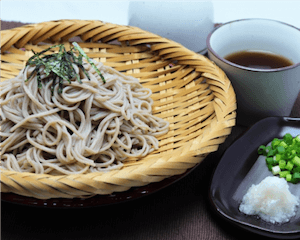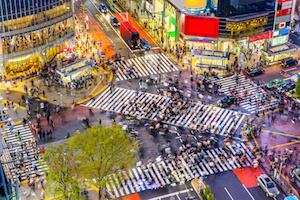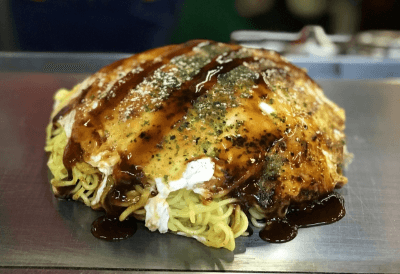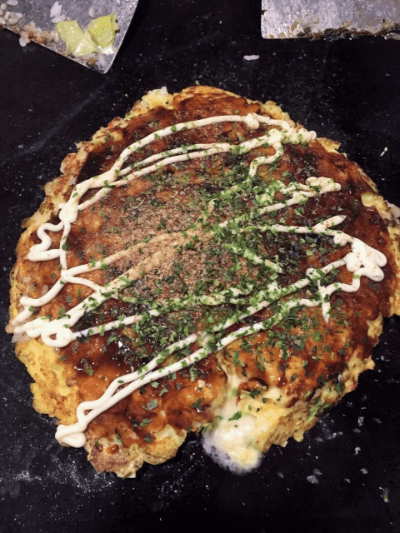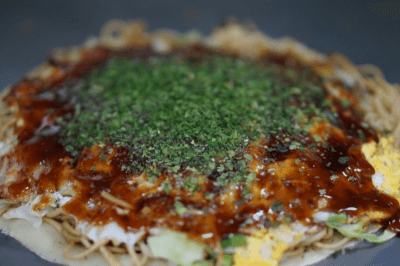

December2025
| Su | Mo | Tu | We | Th | Fr | Sa |
|---|---|---|---|---|---|---|
January2026
| Su | Mo | Tu | We | Th | Fr | Sa |
|---|---|---|---|---|---|---|
February2026
| Su | Mo | Tu | We | Th | Fr | Sa |
|---|---|---|---|---|---|---|
March2026
| Su | Mo | Tu | We | Th | Fr | Sa |
|---|---|---|---|---|---|---|
April2026
| Su | Mo | Tu | We | Th | Fr | Sa |
|---|---|---|---|---|---|---|
May2026
| Su | Mo | Tu | We | Th | Fr | Sa |
|---|---|---|---|---|---|---|
June2026
| Su | Mo | Tu | We | Th | Fr | Sa |
|---|---|---|---|---|---|---|
July2026
| Su | Mo | Tu | We | Th | Fr | Sa |
|---|---|---|---|---|---|---|
August2026
| Su | Mo | Tu | We | Th | Fr | Sa |
|---|---|---|---|---|---|---|
September2026
| Su | Mo | Tu | We | Th | Fr | Sa |
|---|---|---|---|---|---|---|
October2026
| Su | Mo | Tu | We | Th | Fr | Sa |
|---|---|---|---|---|---|---|
November2026
| Su | Mo | Tu | We | Th | Fr | Sa |
|---|---|---|---|---|---|---|
December2026
| Su | Mo | Tu | We | Th | Fr | Sa |
|---|---|---|---|---|---|---|
139 Cooking Classes in Kyoto
27 Classes in Kyoto
15 Classes in Kyoto
10 Classes in Kyoto
5 Classes in Kyoto
10 Classes in Kyoto
3 Classes in Kyoto
3 Classes in Kyoto
9 Classes in Kyoto
8 Classes in Kyoto
4 Classes in Kyoto
3 Classes in Kyoto
26 Classes in Kyoto
8 Classes in Kyoto
Our cooking experience with Mina was amazing. She was a warm and gracious host who picked us up at the Kameoka train station which is just a few minutes away from the Arashiyama station on the JR train line. We went to her farm and picked some fresh vegetables that were currently in season and ...
My brother and I took a class, in which Yuka taught us how to make Kansai style Okonomiyaki. Yuka was well prepared and her instructions easy to follow. It was a delightful class and we will most definitely try and make okonomiyaki back at home. It is so easy to make and delicious. Thank you very...
Minori was the best host/teacher! She’s the nicest person ever and was so much fun learning how to make okonomiyaki from! The instructions were easy and clear and I definitely feel capable of making it back home. She was very easy to talk to, very patient and willing to answer any question we had...
We had such a lovely time with Yukari, she was so organised and kind and the food was delicious. Exactly what we needed after many days eating out :)
Minori-san is so nice and her cafe is so cute! Okonomiyaki was easy to learn and so delicious! She is a great teacher.
Popular cheap okonomiyaki cooking classes in Kyoto include Enjoy making Okonomiyaki, miso soup and tea!.
Homemade Sushi and Okonomiyaki is popular with other travelers visiting Kyoto.
All okonomiyaki cooking classes in Kyoto on airKitchen are offered in English.
On average okonomiyaki cooking classes in Kyoto cost ¥7325 per person (based on airKitchen prices).
Please note that this is an example, and classes vary by host.
You first need to mix your okonomiyaki batter, which contains flour and other flavorings like dashi. Then, you'll mix in egg, cabbage, green onion, and other ingredients of your choice into the batter. Note that the recipe will look slightly different if you're making Hiroshima-style okonomiyaki, which layers the ingredients instead of mixing them into the batter!
In order to create your savory pancake, you'll pour the batter mixture onto a heated griddle. If you were at a restaurant, they would use a teppan.
Similar to a pancake, you'll need to flip your okonomiyaki so both sides are grilled.
Once your okonomiyaki is cooked, you just have to add the finishing garnishes. Okonomiyaki sauce, Japanese mayonnaise, and nori (seaweed) are typical toppings.
Time to enjoy your okonomiyaki while it's fresh off the griddle and warm!
Hiroshima-style okonomiyaki layers the various ingredients instead of mixing them all together before grilling. In addition, okonomiyaki in Hiroshima will always include fried egg and either yakisoba or udon noodles.
Kansai-style, or Osaka-style, okonomiyaki has all its ingredients mixed together. The mixed batter is grilled on a hot plate, often by the customers themselves at a restaurant.
Modern-yaki, or modan-yaki, always contains fried noodles – most commonly yakisoba or udon. Its name is thought to be derived either from the English word "modern" or the Japanese contraction "mori dakusan," which means a large serving.
As its name suggests, negi-yaki makes use of a large quantity of green onions – negi refers to the Japanese long green onion. This version of okonomiyaki is usually thinner than other versions.
Kyoto is a prefecture and the land of various wards that extend throughout Japan; it has a diversified culture and splendid customs when it comes to the food.
Okonomiyaki is a traditional dish, and that is why it carries a great deal of sentimental value to it. First of all, the batter with the help of the wheat is made, later on, eggs and the cabbage is added and mixed properly. Finally, the chopped meat, cheese and some vegetables are also added, the whole mixture is then spread into a pancake-like a sheet and is prepared like a pancake with soy sauce used as an agent that increases overall flavour.
Do partake in the Okonomiyaki cooking class and learn about various variations there are to cook this astounding dish.

























